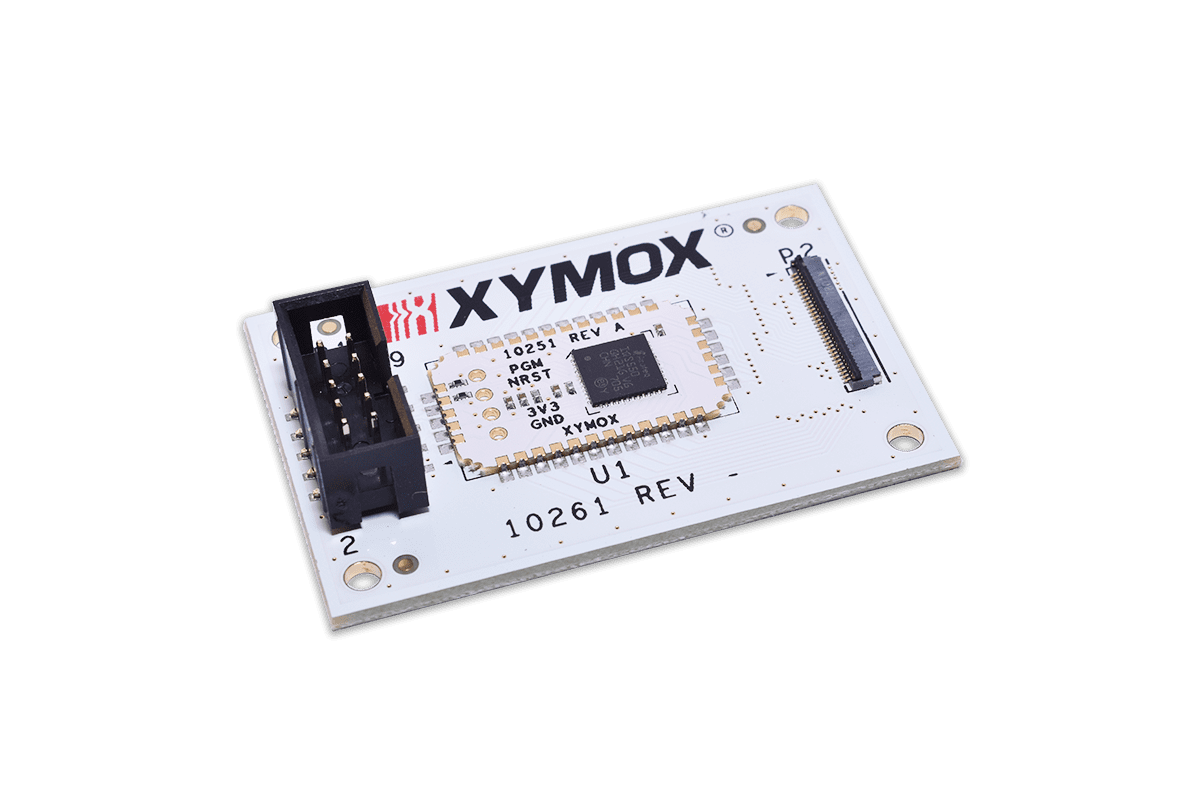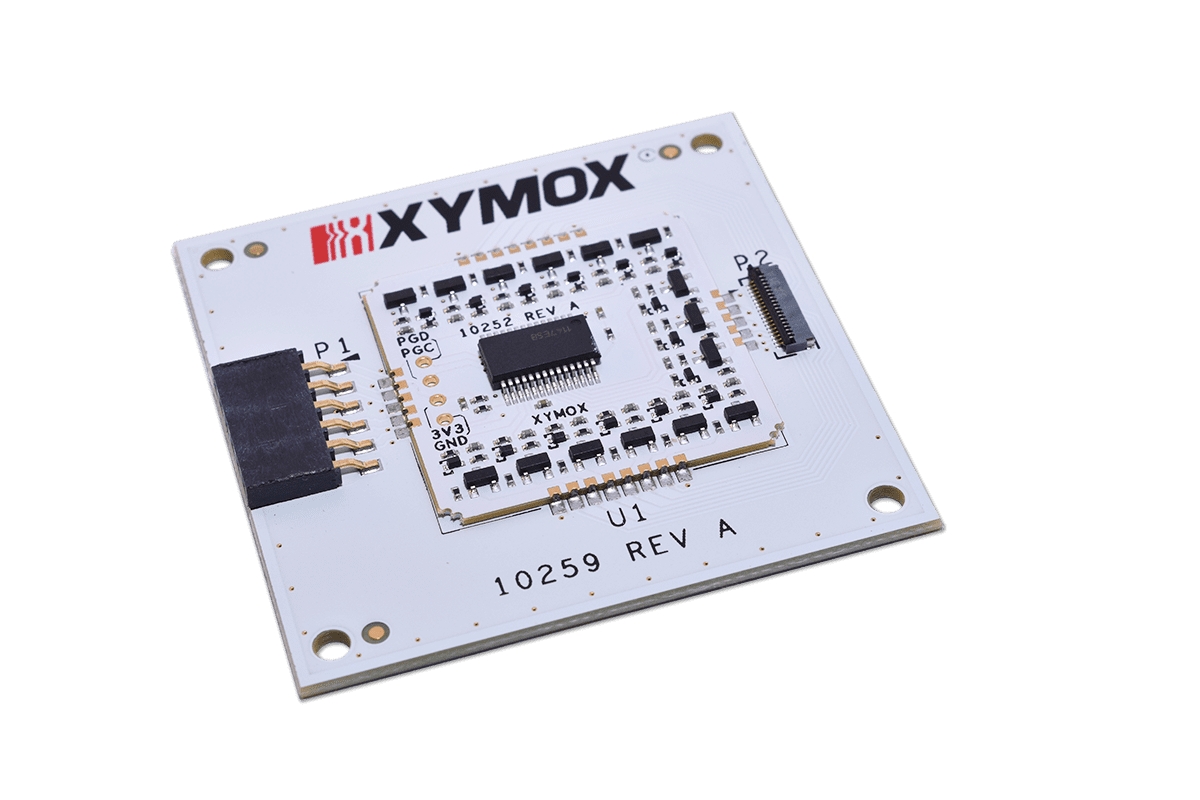A functional touch sensor requires two things: a sensor and a controller. The touch controller is the brains of the operation.
The capacitive sensor detects changes in capacitance, and the electronic controller chip is required to interpret those changes. Most sensors can work with virtually any controller, though matching a sensor to a controller does require some programming to “tune” the sensitivity of the two components.
There are many types of controllers available, and you need the right pairing with the sensor to get it to work right. In a previous blog post we talked about 3 different sensor styles; matrix, slider, & discrete button. These sensors each have different ways of functioning to achieve the same desired results, the way those results are achieved is all thanks to the controller! Two controllers that we like and recommend (for very different reasons!):
Azoteq: This controller works most similarly to the functioning of touch screens you are familiar with, swipe, zoom, full screen functionality! Azoteq controllers work great with matrix & slider style sensors.
- Cost effective
- Simple to implement
- Includes all the common gestures expected

Alsentis: This controller works exclusively with discrete button sensors.
Alsentis technology is based on recognizing the electronic touch signature (Alsentis® HSS™ Touch Recognition Technology) that happens as a finger approaches and retreats from the sensor (think of it like a bell curve, it starts sensing as the finger approaches – touches – retreats). The controller reacts to that signature rather than the traditional threshold capacitance approach. Alsentis technology translates to touch systems that work consistently and overcome variances caused by people, environment and assembly.
Water – water exposure does not affect the sensor and will not false-trigger
Gloves – no special gloves required
Temperature – sensor is not affected by temperature changes
Users – technology accounts for user variation (one user might have dry fingers, while another might be covered in greasy lotion)
- Extremely consistent and reliable user experience
- Ease of software programming
- Reduced development time

The standard option sensor most likely will come with a controller on a flex circuit bonded to the sensor. Ask yourself if this is the best controller for the application? Are the settings in the controller optimal for the application? Unfortunately, these settings are not configurable when using the standard sensor option. Most likely they are tuned for consumer applications – not designed for gloves, wet applications, etc.
What are the end use requirements of the sensor? How will it be used? Consider these questions when choosing a controller for your application!
{{cta(‘1dbc6f25-aa34-474d-849b-2efcb43dc6d9’)}}
